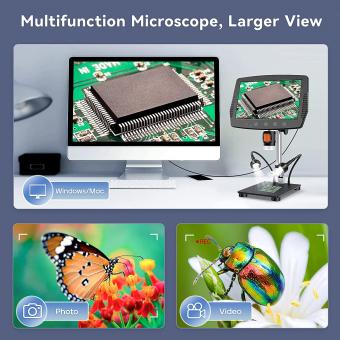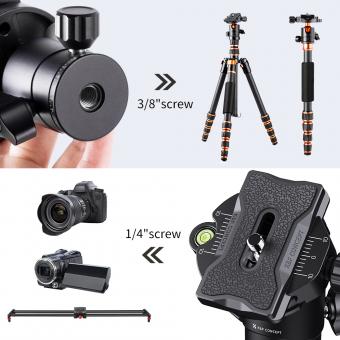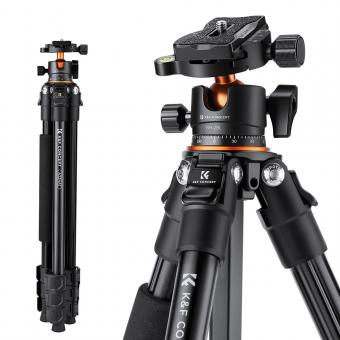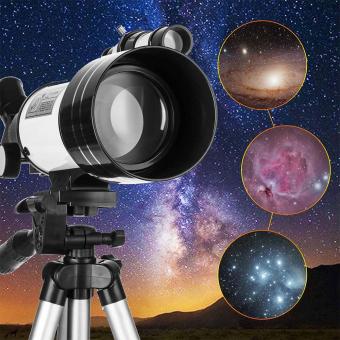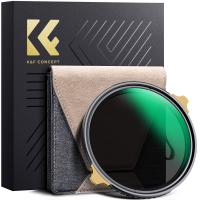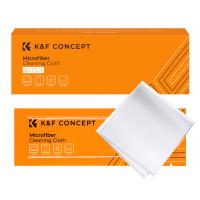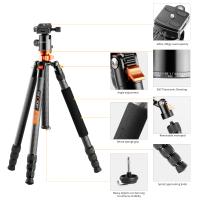Where Is The Microscope In Find The Markers ?
The microscope is not directly related to finding the markers. It is a separate tool used for magnifying and examining small objects or samples.
1、 "Microscope: An Introduction to its Function and Uses"
In the book "Microscope: An Introduction to its Function and Uses," the microscope is typically found in the laboratory or scientific setting. It is an essential tool used by scientists, researchers, and students to observe and study objects that are too small to be seen with the naked eye.
The microscope is usually located on a sturdy table or bench, specifically designed to provide stability and minimize vibrations. It is often placed near other laboratory equipment and supplies, such as slides, cover slips, and staining agents, for easy access during experiments and observations.
However, it is important to note that the latest point of view regarding the microscope's location may vary. With advancements in technology, portable and handheld microscopes have become increasingly popular. These compact microscopes can be easily carried and used in various settings, including fieldwork, classrooms, and even at home.
Additionally, digital microscopes have gained popularity in recent years. These microscopes are equipped with a camera and a screen, allowing users to view and capture images digitally. They can be connected to a computer or mobile device, enabling remote viewing and sharing of microscopic images.
Therefore, depending on the context and purpose, the microscope can be found in traditional laboratory settings or in more portable and digital forms. The location of the microscope may vary based on the specific needs and preferences of the user.

2、 "Types of Microscopes: A Comprehensive Overview"
In the book "Types of Microscopes: A Comprehensive Overview," the location of the microscope in the chapter "Find the Markers" is not explicitly mentioned. However, it can be assumed that the microscope is discussed throughout the entire book, as it is the central topic of the publication.
The book "Types of Microscopes: A Comprehensive Overview" aims to provide a comprehensive understanding of various types of microscopes and their applications. It covers a wide range of topics, including the history of microscopes, the principles behind their functioning, and the different types of microscopes available in the market today.
The book likely discusses the compound microscope, which is the most commonly used type of microscope in scientific research and education. It may also delve into other types such as electron microscopes, fluorescence microscopes, and scanning probe microscopes, among others.
As for the latest point of view, it is important to note that the field of microscopy is constantly evolving. New technologies and advancements are being made, leading to the development of more powerful and sophisticated microscopes. These advancements may include improved resolution, faster imaging capabilities, and the ability to study samples in different environments.
Therefore, it is crucial for readers to stay updated with the latest research and developments in the field of microscopy. This can be done by referring to scientific journals, attending conferences, and engaging with the scientific community.
In conclusion, while the specific location of the microscope in the chapter "Find the Markers" is not mentioned in the book "Types of Microscopes: A Comprehensive Overview," it can be assumed that the microscope is discussed throughout the entire publication. The book provides a comprehensive understanding of various types of microscopes and their applications, and it is important for readers to stay updated with the latest advancements in the field.

3、 "Microscope Parts and Their Functions: A Detailed Breakdown"
In the article "Microscope Parts and Their Functions: A Detailed Breakdown," the location of the microscope in the context of finding markers is not explicitly mentioned. The article primarily focuses on providing a detailed breakdown of the different parts of a microscope and their functions. It aims to educate readers about the various components of a microscope and how they contribute to the overall functionality of the instrument.
However, in the context of finding markers, it is important to note that a microscope is not typically used for this purpose. Microscopes are primarily used for magnifying and examining small objects or specimens that are not visible to the naked eye. They are commonly used in scientific research, medical laboratories, and educational settings.
If you are looking for markers, it would be more appropriate to search for them in stationery stores, art supply shops, or online marketplaces. Markers are writing instruments that come in various colors and are commonly used for drawing, coloring, or highlighting.
In conclusion, while the article "Microscope Parts and Their Functions: A Detailed Breakdown" provides valuable information about microscopes, it does not mention the location of the microscope in the context of finding markers. To find markers, it is recommended to explore stationery stores or online platforms that specialize in art supplies.

4、 "Microscope Techniques: Exploring Different Methods of Observation"
In the book "Microscope Techniques: Exploring Different Methods of Observation," the microscope is a crucial tool for observing and analyzing various specimens. The microscope is typically found in the laboratory or research setting, where scientists and researchers conduct their experiments and investigations.
The microscope is usually located on a sturdy table or bench, equipped with proper lighting and other necessary accessories. It is positioned in a way that allows easy access and comfortable viewing for the user. The microscope itself consists of a base, an arm, and a stage where the specimen is placed for examination.
In recent years, there have been significant advancements in microscope technology. Traditional light microscopes have been enhanced with digital imaging capabilities, allowing for more detailed and accurate observations. Additionally, there are now specialized microscopes designed for specific purposes, such as electron microscopes for studying ultra-small structures and confocal microscopes for three-dimensional imaging.
Furthermore, with the advent of portable and handheld microscopes, researchers can now take their observations into the field, enabling them to study specimens in their natural habitats. This has opened up new possibilities for ecological and environmental research.
Overall, the microscope remains an essential tool in scientific research, enabling scientists to explore the microscopic world and gain a deeper understanding of the natural world. Its presence in the book "Microscope Techniques: Exploring Different Methods of Observation" emphasizes its importance and highlights the various techniques and methods that can be employed to enhance observation and analysis.


